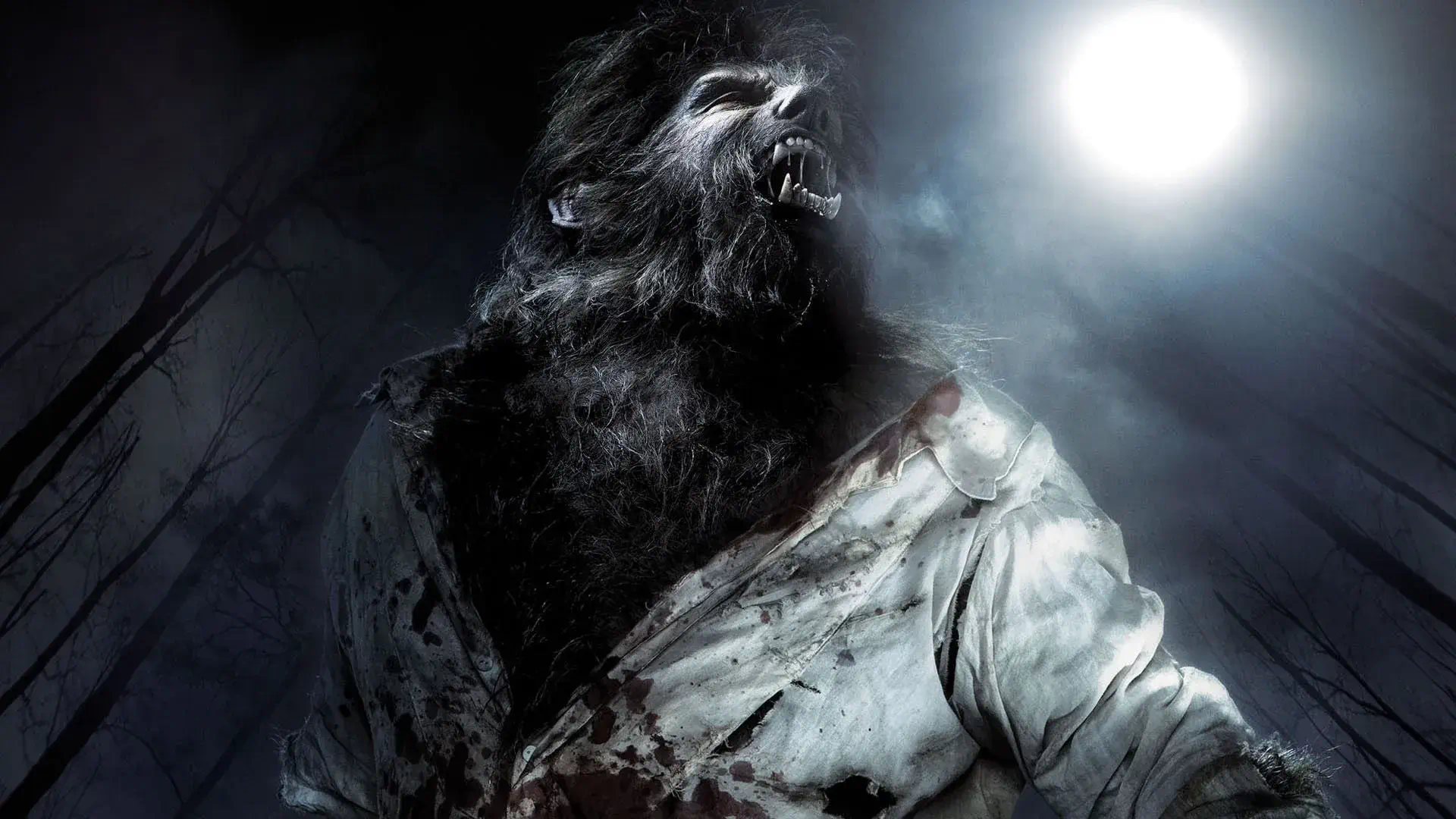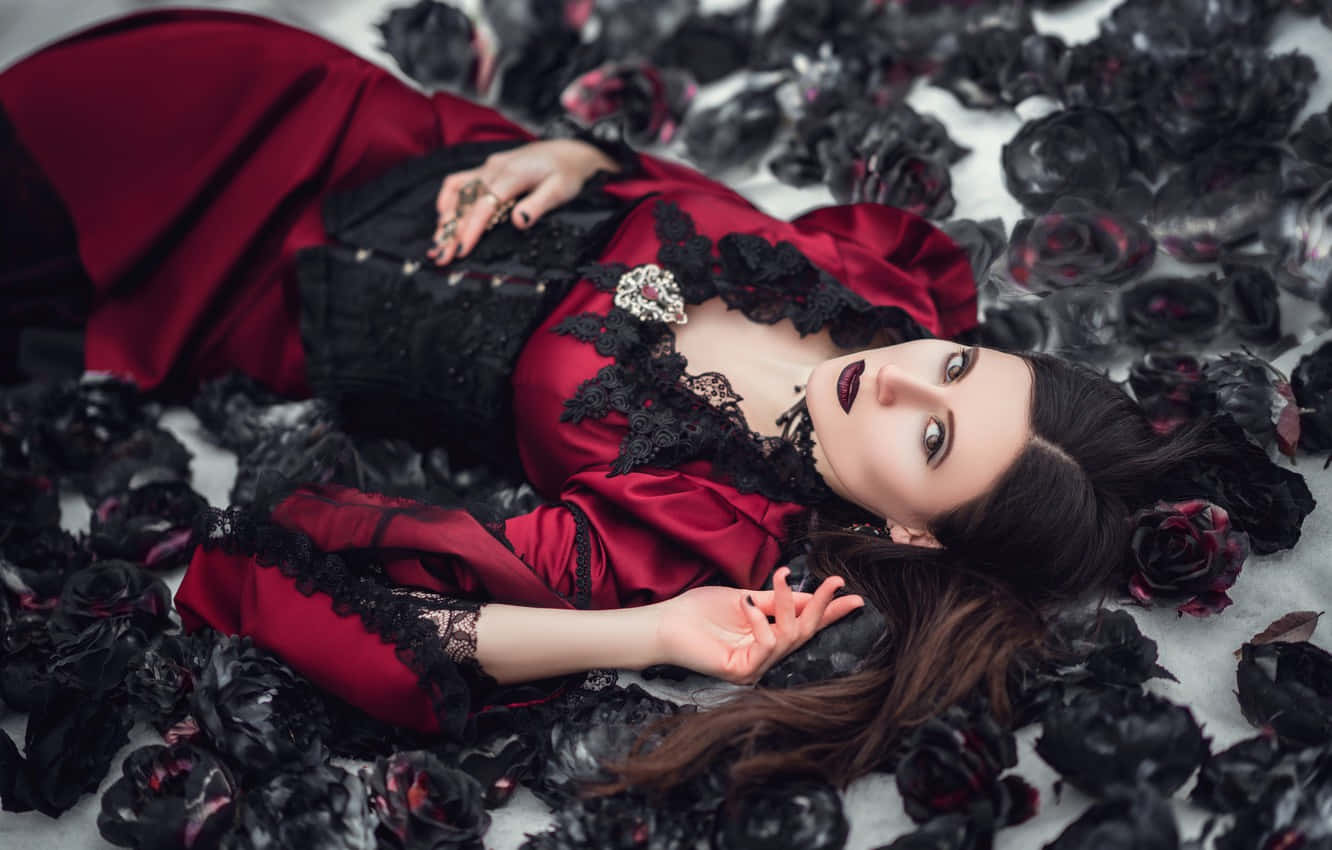Robert Eggers’ latest Gothic horror promises a chilling descent into folklore and the human psyche.
If you thought the werewolf genre had exhausted its shadows, Robert Eggers is here to prove otherwise. Werwulf (2026) is not just another monster story—it is a meticulous, atmospheric plunge into the heart of medieval England, folklore, and the darkness within mankind itself.
🏰 A Gothic World Rendered in Painstaking Detail
Set in 13th‑century England, Werwulf immerses the audience in fog-laden forests, moss-covered villages, and candle-lit chapels where fear whispers in every corner. Eggers’ signature dedication to historical authenticity is on full display: the villagers speak in Middle English, costumes and architecture reflect meticulous research, and the cinematography by Jarin Blaschke bathes every frame in chiaroscuro shadows, enhancing a pervasive sense of dread.
Every element—from the moonlit treetops to the soot-darkened interiors of cottages—breathes with a realism that pulls the viewer into a past both tangible and haunted.
“Eggers doesn’t just show horror; he builds a world where it thrives,” notes one early set photographer.

🩸 Characters Forged in Fear
At the center is Aaron Taylor-Johnson, whose character straddles the line between man and beast. His transformation into the titular werwulf is as psychological as it is physical—a slow unraveling of identity that mirrors the oppressive, superstitious society around him. Taylor-Johnson’s portrayal captures a man grappling with primal instincts, moral responsibility, and isolation, making him more than a creature of myth; he is a human trapped in the machinery of destiny.
Lily‑Rose Depp plays a mysterious outsider, whose understanding of arcane rites and folklore unsettles the villagers but may hold the key to unraveling the curse. Meanwhile, Willem Dafoe and Ralph Ineson provide gravitas as local clergy and elders, torn between faith, fear, and survival.

🌑 Folklore, Fear, and the Eggers Touch
Eggers’ signature style—seen in The Witch, The Lighthouse, and The Northman—is on full display. Werwulf weaves psychological horror, folkloric myth, and raw human tragedy. Every howl in the woods, every shadow cast by candlelight, is carefully orchestrated to keep viewers at the edge of disbelief and dread.
Unlike typical werewolf films reliant on jump scares or CGI spectacle, Eggers leans into slow-burning tension, letting horror emerge naturally from isolation, superstition, and the primal fear of the unknown.

🔥 The Challenges Behind the Scenes
The production has been as ambitious as its vision. Shooting in remote English locales such as Dartmoor presented logistical and environmental challenges, while costumes, props, and practical effects demanded historical fidelity. The use of Middle English, while immersive, risked alienating casual audiences, requiring careful subtitling and direction to maintain narrative clarity.
Blaschke’s cinematography required extensive planning to achieve Eggers’ preferred “natural light at night” aesthetic, resulting in long nights on set and meticulous scene preparation.

⭐ Projected Impact
Werwulf is positioned to redefine the modern werewolf narrative. It blends:
-
Historical authenticity: not merely a backdrop, but a character in its own right.
-
Psychological depth: the beast within is mirrored by societal and personal fears.
-
Artistic horror: Eggers’ visual language elevates the genre from entertainment to cinematic artistry.
If successful, the film could appeal to both horror aficionados and cinephiles, cementing Eggers as the contemporary master of Gothic horror. With its Christmas 2026 release, the film will turn seasonal quietude into an atmospheric crucible of suspense—a bold counterpoint to festive cheer.
First Trailer WerWulf :
🧩 Final Verdict
While early previews remain scarce, the combination of Eggers’ meticulous world-building, Taylor-Johnson’s visceral performance, and a cast of seasoned actors suggests that Werwulf will not merely scare audiences—it will haunt them. Every frame, every shadow, every whispered legend contributes to a cinematic tapestry that promises to linger long after the credits roll.
Werwulf is poised to be the Gothic horror of the decade, a film that doesn’t just entertain but immerses, challenges, and terrifies in equal measure.